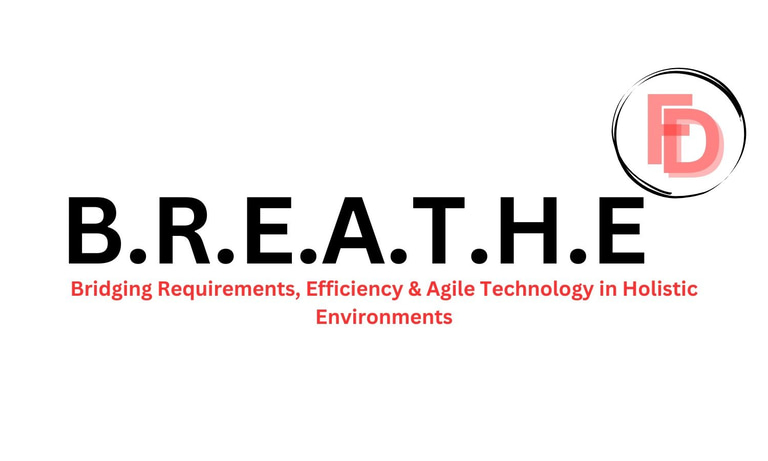DON'T LET LEGACY SYSTEMS HOLD BACK YOUR BUSINESS PROCESSES?
Effects of holding on to Legacy Systems
fafure david
1/19/20252 min read
Within the scope of every operation of an SAP consultant is the affinity to help organizations optimize their operations by leveraging modern, efficient, and scalable enterprise solutions. Outdated systems, business operation or processes (operational bottlenecks) can severely impede the ability to compete, grow, and adapt to the ever-changing market dynamics.
SAP solutions and consultants are provided to handle these operations and deliver a more efficient and cost-effective products.
The impact of these bottlenecks can manifest in the form of,
Inefficiency: Where a legacy system may often lack integration or friction in process automation which can lead to manual processes, inefficiencies, and higher operational costs. An example can be in the form of manual invoice processing, when the procurement system is not integrated thereby affecting vendor payments and business relationships.
Data Silos: It has been verified several times that outdated systems may isolate data in disparate locations and bring limitation in visibility across departments. This can be the case of having inventory data in one system and sales data in another, thereby preventing real-time demand planning.
Adaptability: Legacy systems oftentimes struggle to adapt to new business requirements, market changes, or regulatory updates, thereby making the resource planning process rigid for integration and e-commerce sustainability reporting.
Security Risks: The level of insecurity that comes with the features of holding on to legacy systems can often expose businesses to various forms of cyber threats, because the ones with outdated encryption standard (for example) can create weak access control and lead to data breaches.
How SAP Solutions Address These Challenges
As an SAP consultant, it is our responsibility to guide businesses to modernize their operations using SAP’s advanced tools and platforms, these guaranteeing business process optimization, operational efficiency, and short time value-to-market.
Integration Across Functions
With SAP S/4HANA we deliver seamless integration across material management, finance, procurement, sales, and logistics, eliminating data silos and fostering collaboration. The real-time integration among these operational sections, like SAP MM (Materials Management) and SAP SD (Sales and Distribution), ensures better demand forecasting, inventory optimization, and more.
Real-Time Insights
SAP leverages in-memory computing (through the use of HANA) to provide real-time analytics, enabling faster and data-driven decision-making. This is evident in having dashboards in SAP Analytics Cloud that allow executives to monitor KPIs like revenue, inventory levels, and customer satisfaction, in real-time.
Automation and Process Optimization
SAP automates repetitive tasks, such as procurement approvals or invoice matching, offering efficiency and reducing errors. An example is SAP Intelligent RPA (Robotic Process Automation) that automates routine data entry tasks, freeing up resources for strategic work.
Scalability and Flexibility
SAP solutions are highly scalable and adaptable, supporting new business models, global expansion, and regulatory compliance. Also, the transitioning to SAP S/4HANA Cloud allows businesses to scale resources on-demand and integrate with emerging technologies like IoT or AI.
Enhanced Security
SAP systems incorporate advanced security features, including role-based access control, encryption, and GDPR-compliant data handling. As described in the SAP’s cybersecurity tools that is equipped to prevent unauthorized access to sensitive data in financial or HR modules.
Business Benefits of Modernizing with SAP
Increased Efficiency
Improved Decision-Making
Enhanced Customer Experience
Future-Readiness
